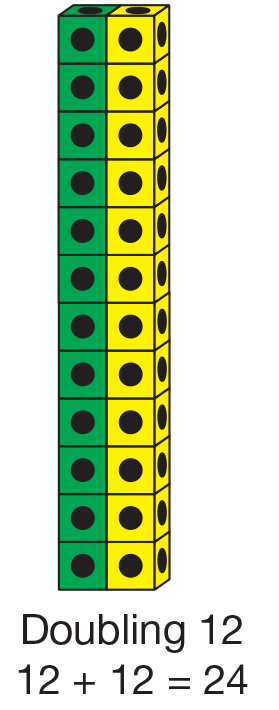In this lab, students contribute to a class set of data. Students collect, organize, and graph the data, detailing the kinds of pets students have. The TIMS Laboratory Method provides the structure for this lesson.
Content in this Lesson
- Representing repeated addition and repeated subtraction using counters and drawings [E2].
- Solving repeated addition and repeated subtraction problems using drawings and invented strategies [E3].
- Reading a table or bar graph to make predictions and solve problems about a data set [E7].
- Using patterns in data to make predictions [E7].
Daily Practice and Problems C–F
Assessment in this Lesson
| Assessment | Expectation Assessed |
|---|---|
|
Room 222's Pets Graph Student Activity Book Pages 455–456 |
|
|
DPP Item D Addition Facts 1 Teacher Guide - digital |
|
|
DPP Item F Add and Subtract Teacher Guide - digital |
|

















